In the realm of water management, the significance of efficient pumps cannot be overstated. Two types that stand out prominently are self-priming centrifugal water pumps and trash water pumps. These devices play pivotal roles in various applications, from industrial settings to agricultural operations and emergency flood control. Understanding their mechanisms, applications, and advantages is crucial for effective water resource utilization and environmental sustainability.
Self-priming centrifugal water pumps are renowned for their ability to operate without the need for external priming. Unlike conventional centrifugal pumps, which require manual priming to remove air from the suction line, self-priming pumps can automatically evacuate air and initiate suction. This feature significantly reduces setup time and enhances operational efficiency, making them ideal for situations where rapid deployment is essential, such as firefighting or emergency drainage.
One of the key components of the self-priming centrifugal water pump is the priming chamber, which facilitates the removal of air and primes the pump for operation. When the pump is started, air and residual liquid in the suction line are drawn into the priming chamber. Through a combination of centrifugal force and gravity, the air is separated from the liquid, allowing the pump to establish suction and commence pumping. This ingenious design eliminates the need for manual priming, simplifying installation and maintenance procedures.
Trash water pumps, on the other hand, are specifically designed to handle debris-laden fluids that would clog or damage conventional pumps. Commonly used in construction sites, mining operations, and wastewater treatment plants, these pumps excel in transferring water containing solids, such as mud, sand, gravel, and leaves. Their robust construction and specialized impeller design enable them to effectively macerate and transport solid particles without clogging or compromising performance.
The distinguishing feature of trash water pumps is their ability to pass solids of varying sizes without damage. Unlike traditional pumps with narrow passages that are prone to blockages, trash pumps feature larger openings and robust impellers that can handle solids up to a certain diameter, depending on the pump's specifications. This capability makes them indispensable in dewatering applications where conventional pumps would fail or require frequent maintenance due to clogging.
In addition to their individual strengths, both self-priming centrifugal water pumps and trash water pumps offer several advantages when compared to alternative pumping solutions. Their versatility allows them to be used in a wide range of applications, from draining flooded areas and transferring wastewater to irrigating fields and supplying water to remote locations. Moreover, their efficiency and reliability contribute to cost savings and operational efficiency, making them preferred choices for critical water management tasks.
However, it is important to note that while self-priming centrifugal water pumps and trash water pumps excel in certain applications, they also have limitations. For instance, a self-priming centrifugal water pump may not be suitable for high-pressure or high-head applications where positive displacement pumps are more appropriate. Similarly, trash water pumps may struggle with badly abrasive or corrosive fluids that could degrade their components over time.
In conclusion, self-priming centrifugal water pumps and trash water pumps are indispensable tools in the realm of water management, offering efficient solutions for a wide range of applications. Their innovative designs, robust construction, and reliable performance make them invaluable assets in industries ranging from construction and agriculture to municipal services and emergency response. By understanding their capabilities and limitations, water resource managers can make informed decisions to optimize efficiency and sustainability in water management practices.

 English
English русский
русский Español
Español
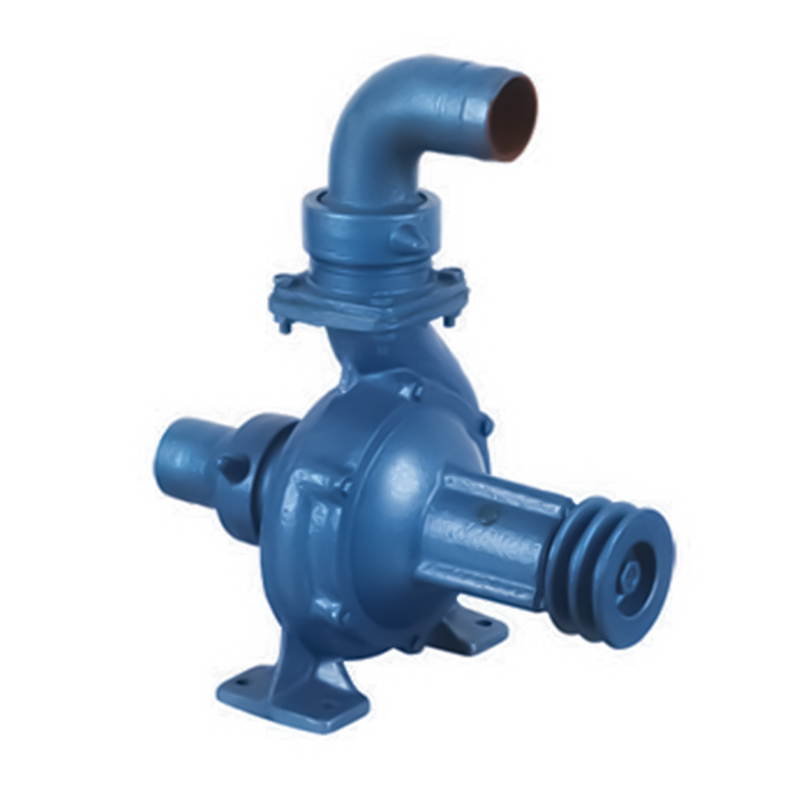
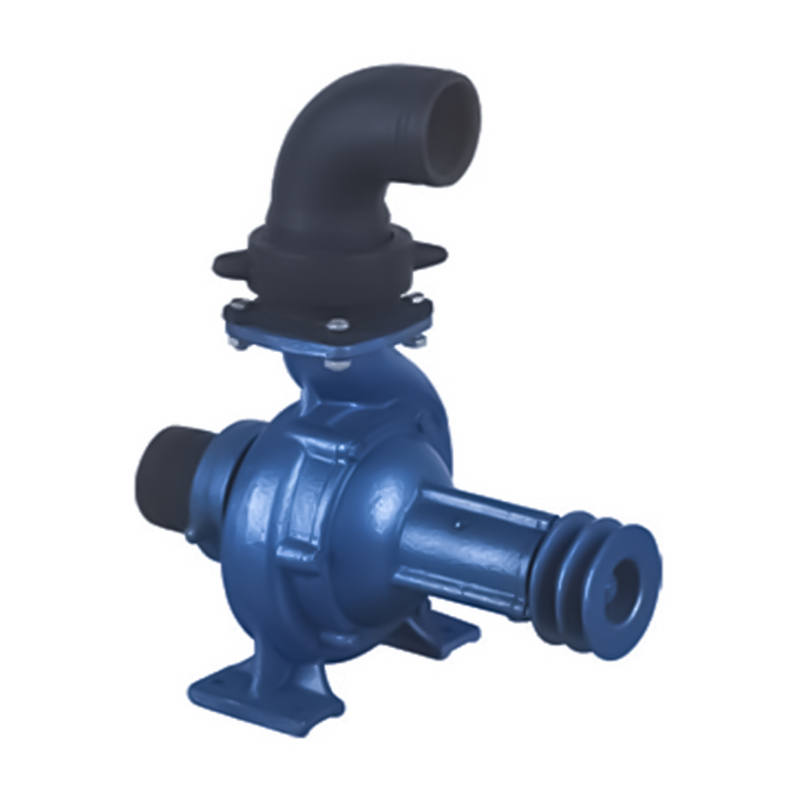

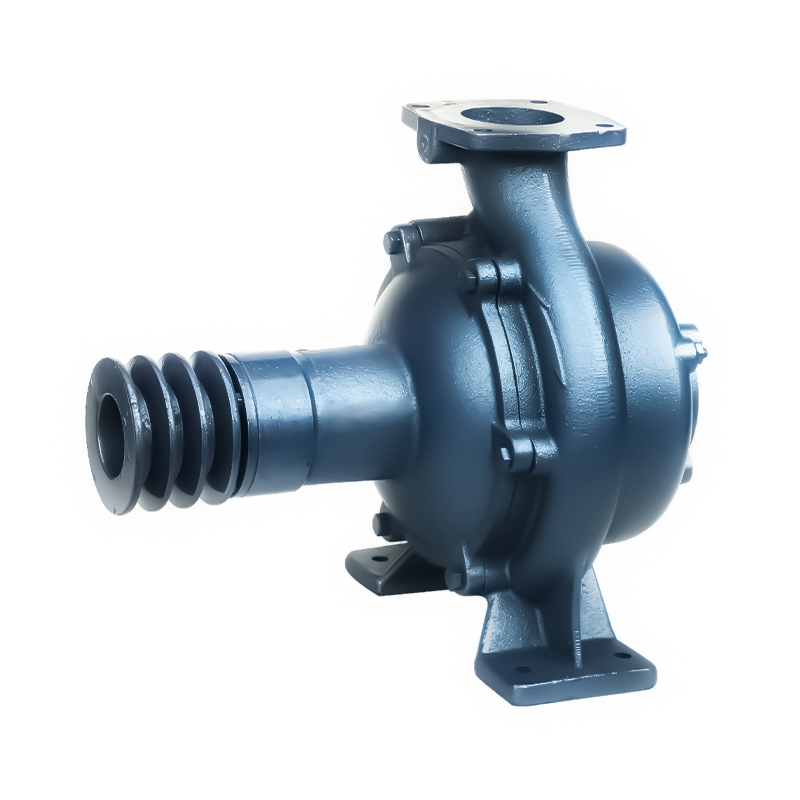
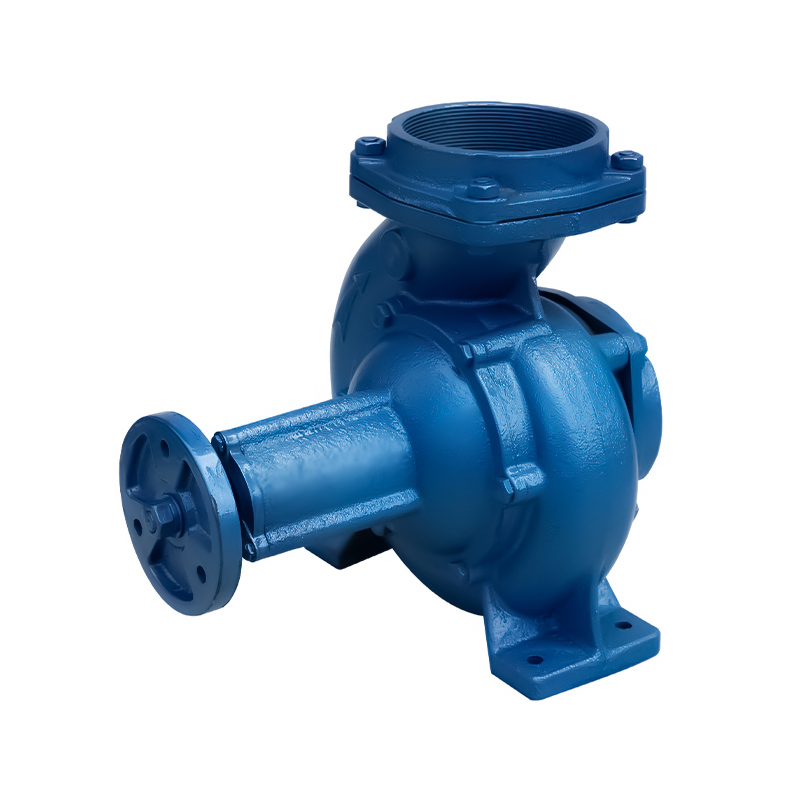
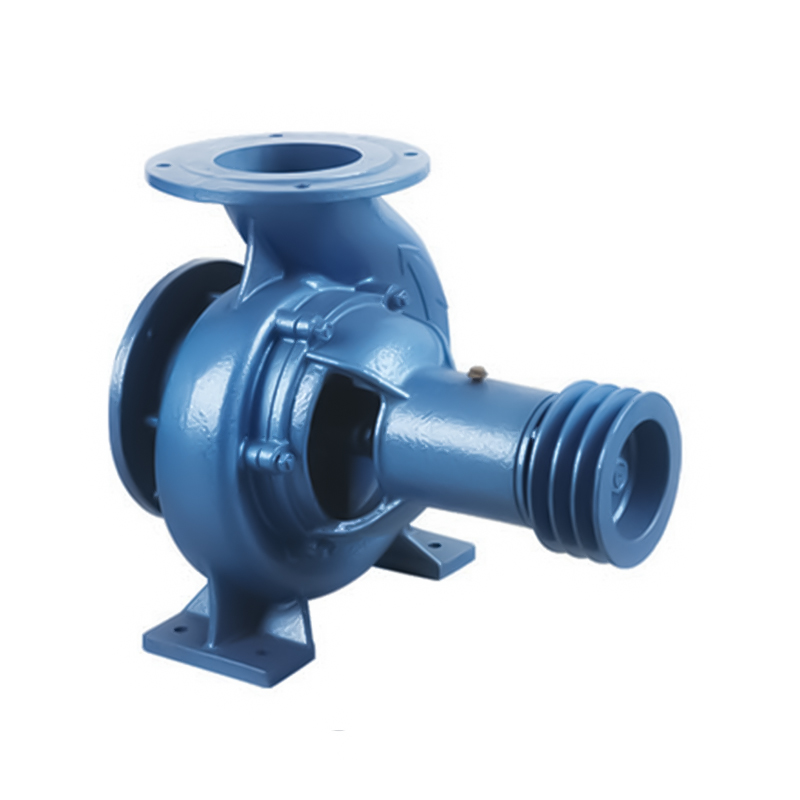
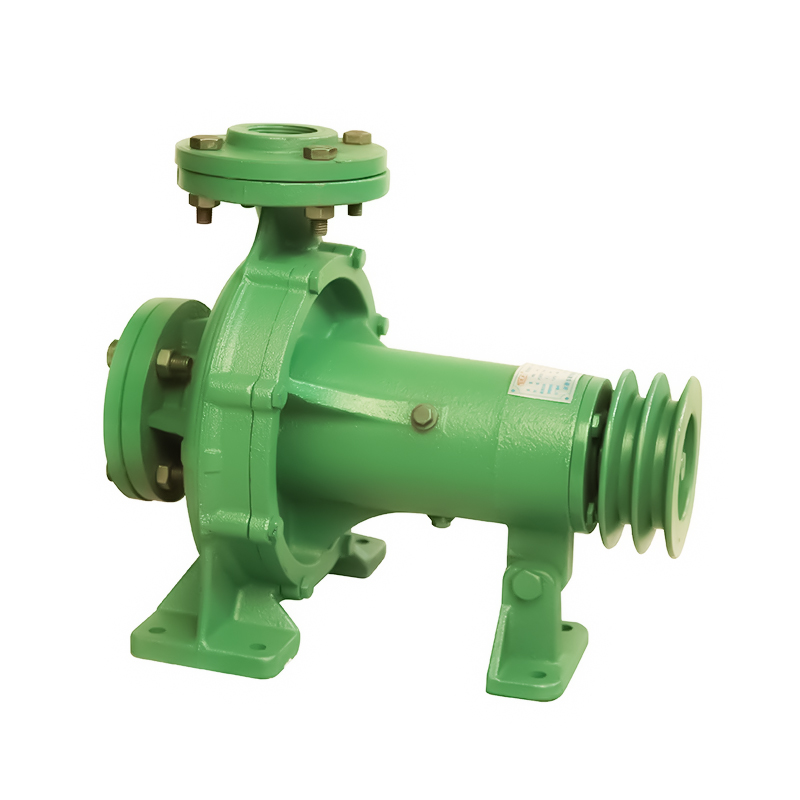

 Email:
Email:
 Phone:+86-13605899207
Phone:+86-13605899207

